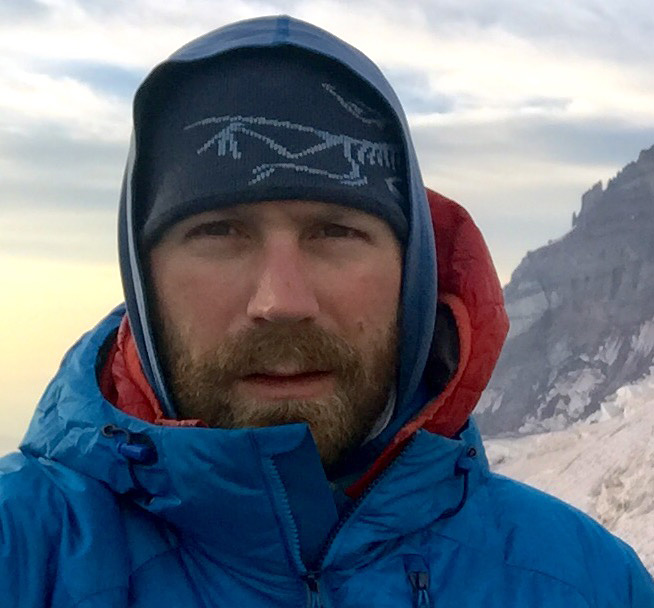A Personal Welcome to 'Climbing the Seven Summits' Mt. Everest Expedition from Mike Hamill

Everest is a journey that should be approached with patience and a high level of attention to detail. It’s often the small things that can derail what would be a successful summit.
Here are just a handful of things I’ve imparted on my clients over the years (and used myself!) that have helped them be successful – tips that I hope will contribute to your summit too.
Best wishes,
Mike
- On Everest it is vitally important that you take care of yourself and your body well before you feel you have to stop to do so. Be very preventative vs. reactive.For instance; Sip small amounts of water often by keeping a small bottle in your pocket close at hand rather than in your pack and waiting for a big rest stop when you are likely already dehydrated.Make sure you start the day with warm feet by keeping your boots in your tent and inner boots in your sleeping bag. Putting your feet into cold boots means you will expend precious energy all day trying to warm them up.On Everest it is key to anticipate your body’s needs before things become a problem.
- The mountain is more active and therefore more dangerous later in the day when the sun begins to melt ice and snow, making rock and icefall much more common so for safety travel early in the day (before the sun hits) when it is cold. It can also get unbearably hot in the sun and the body doesn’t perform well when overheated.
- If you start to feel a headache or signs of altitude illness, even if mild, it’s not worth pushing through it, being tough or stoic. You need to spend more time at your current altitude or descend and then reascend. If you don’t, you risk more serious illness which could end your expedition and put you in dire danger. This is not the place to ignore any symptoms however small.
- The key to reducing risk in the icefall is being able to move quickly and continuously (as best you can). Acclimatize before you head through the icefall so your body feels strong and ready. You can do this with acclimatization hikes to Kala Patthar and Pumori Camp 1 and using a climb of Lobuche as a substitute for one rotation thus reducing your overall exposure to risk.
- My favorite bit of gear is actually the humble buff. It’s one of my keys to climbing Everest. Get used to it as much as you can so it becomes comfortable to wear religiously on the mountain. It helps to humidify and warm the cold, dry air which can contribute to ‘Khumbu cough’. Khumbu cough can get so bad that climbers have actually broken ribs ending their summit bids.